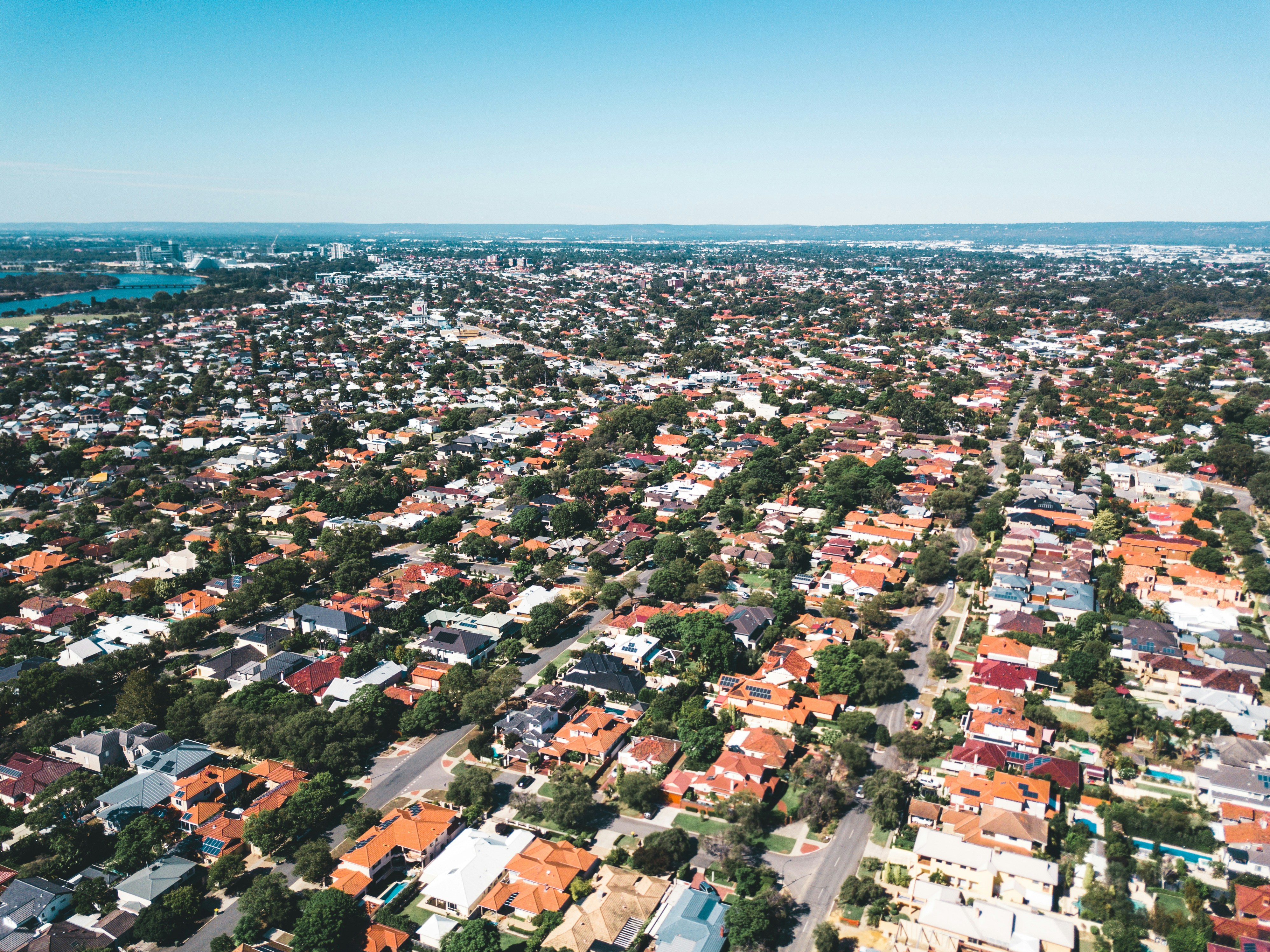Sydney and Melbourne have swung back to double-digit annual growth rates, according to the latest CoreLogic data.
Sydney prices have gone up by 10.9 per cent in the past year, hitting a median value of $872,934, but it is still 3.7 per cent below the 2017 peak.
And Melbourne properties saw capital growth of 10.7 per cent to reach a median price of $689,088. The Victorian capital surpassed the September 2017 peak in February 2020, beating Sydney in its return to market peak.
Brisbane, Hobart, Adelaide and Canberra have already surpassed its 2017 peaks.
These results illustrate the recovery trend that began in June 2019, after a property values showed a peak-to-trough fall of 8.4 per cent nationally. The biggest declines in the downturn were seen in Sydney and Melbourne, where prices tumbled by 14.9 per cent and 11.1 per cent respectively.
Nationally, dwelling values climbed by 6.1 per cent, with the median value now at $549,918.
On a monthly and quarterly basis, every capital city bar Darwin is showing property price growth.
This recent growth across a large part of the country is largely thanks to lower interest rates and better access to housing finance, which have combined to push up buyer demand.
On an annual basis, Perth also saw dwelling prices fall by 4 per cent, while values in Darwin dropped by 7.8 per cent.
But the Perth market’s slump is showing signs of ending, with no price falls recorded in the past four consecutive months.
Though it might be too early to declare Perth to be fully recovered, CoreLogic Head of Research Tim Lawless said.
“Although Perth values are now trending higher, the recovery period is likely to be a long one, with Perth housing values remaining 21 per cent below their peak.”
While Sydney residential property rental yields are the lowest in Australia at 3 per cent, Darwin’s is the highest at 5.9 per cent.
Housing values in regional markets are showing much slower growth than the capital cities, with prices increasing by only 1.4 per cent in the past year. The combined capital cities have shown a 7.3 per cent jump in the same period.
But investors should not paint all regional markets with the same brush.
Mr Lawless said “the diversity across regional Australia is extreme”.
While regional areas affected by drought have been hit hard, the regional centres close to the major capital cities and the coastal lifestyle areas are performing strongly.
Mr Lawless warned that the coronavirus outbreak and the fall in consumer sentiment it could cause is one factor that buyers should watch over the coming months.
“While housing demand is now relatively insulated from a downturn in foreign buyers, the economic impact on key export sectors such as education, tourism and commodities is likely to result in weaker economic conditions and lower consumer sentiment,” he said.
“Consumer sentiment readings are already low, and a further deterioration could see housing market activity start to slow.”












